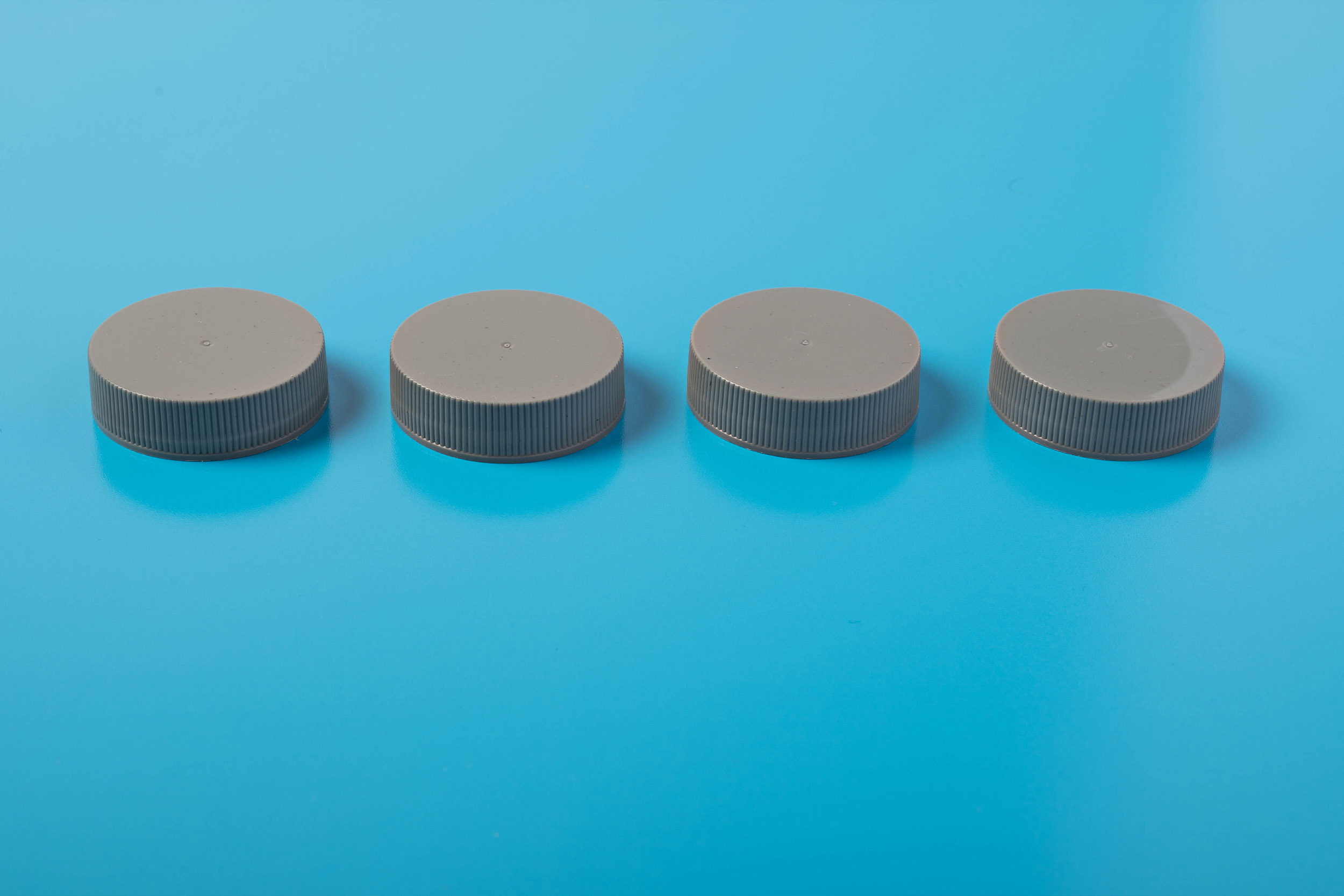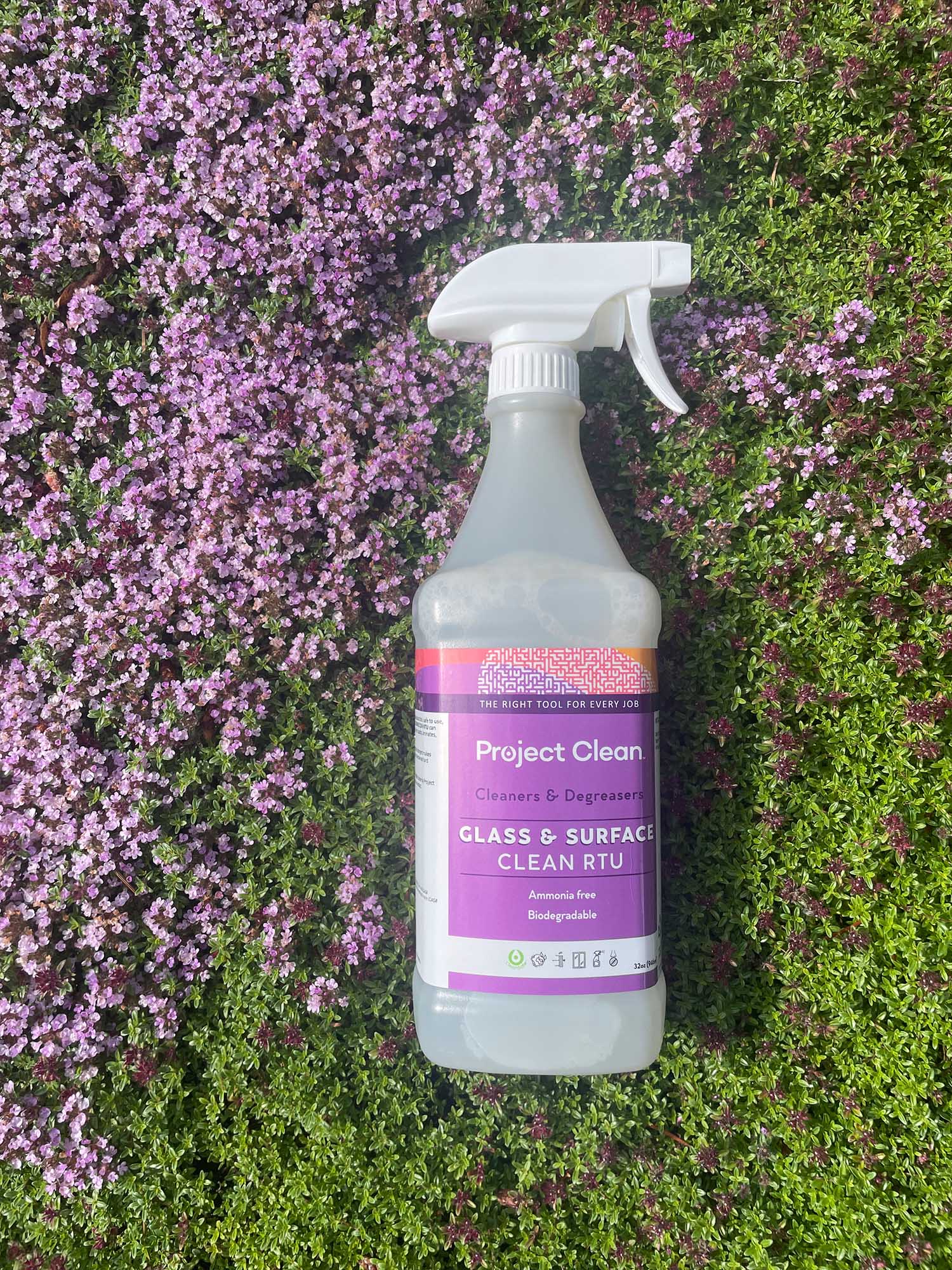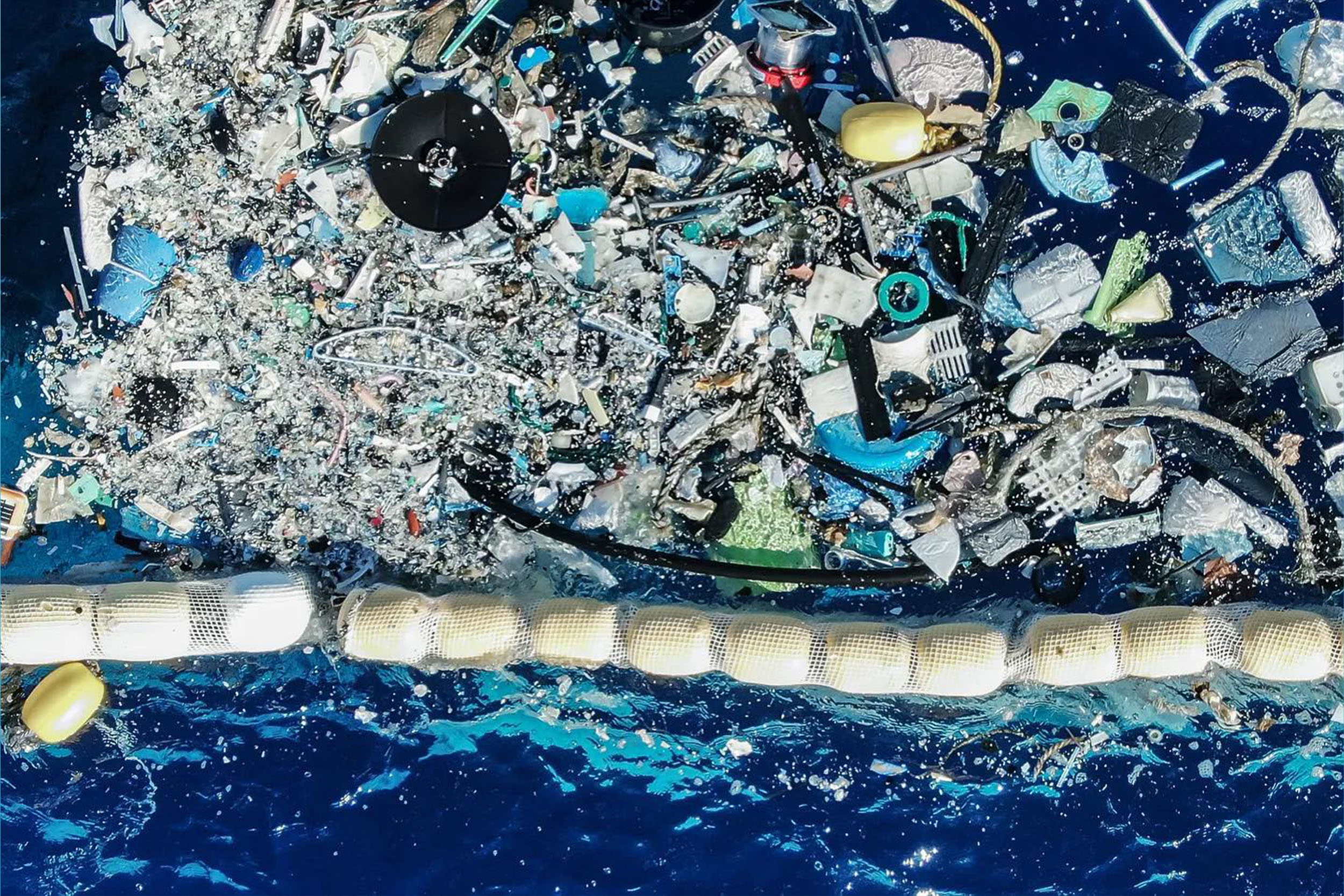Smarter Packaging & Waste Management
Designed for the future.
Be it to preserve or protect goods, packaging is omnipresent in our day to day lives. The low production cost of certain containers and consumers’ demand for convenience has led to the proliferation of single-use containers. This has resulted in packaging waste putting an increasingly heavier burden on the environment. For heavily regulated industries, such as cleaning chemical manufacturing, addressing this issue comes with certain challenges due to the nature of goods. Despite these obstacles, we taken steps towards more sustainable packaging and worked on reducing waste leakage where possible.

PACKAGING & WASTE MANAGEMENT GOALS
GOAL 1: Reduce packaging & promote reuse
To reduce our waste impact, we implemented two main strategies. The first targets the goal of reducing the single use of our containers. In 2015 we launched our drum and tote reuse program with the collaboration of suppliers and customers. Through this program we send our empty raw ingredient containers to be professionally cleaned and reconditioned and then refill them with finished goods for our customers. Our goal is to expand this program for other containers as regulation permits.
Our second strategy aims to reduce material at the source. In 2021 we launched our packaging redesign project and through our collaboration with a packaging engineering team we redesigned our bottles and jugs for our flagship Project Clean brand with 100% post consumer resin (PCR) HDPE. The new design not only has allowed us to reduce the amount of material needed by 10%, but also the novel ergonomic shape also gave us the opportunity to reduce our shipping box sizes while maintaining the same volume of goods per box.

GOAL 2: Use 100% recycled, recyclable and/or renewable content material
Plastics is the material of choice for containing cleaning solutions due to its resistance to chemicals, lightweight and low cost. So, the challenge lies in finding an alternative that can deliver the same performance while also meeting the stringent governmental regulations that surrounds the transportation and handling of such commercial goods. To address this, we took several approaches to move towards reducing our plastic and related waste impact by redesigning our packaging based on three key goals:
- Increase packaging recyclability up to 100%
- Reduce material at the source
- Increase sustainable materials where possible
GOAL 3: Divert waste sent to landfills
In North America it is estimated that 75% of waste is recyclable, but only 30% is recycled. By setting up recycling stations at all our facilities as each local municipality allows, we have significantly diverted our operational waste from landfills. From paper and cardboard, plastic, metal, glass to organics we have successfully diverted 40% of our annual operational waste into recycling and composting facilities. We understand that achieving Zero Waste does require a collaborative approach with our stakeholders and our goal is to keep pushing forward to minimize our waste footprint and support a circular economy where possible.

GOAL 4: Improve efficiency of operating systems and manufacturing processes
Waste is not limited to recycling facilities or landfill-bound materials and happens in many forms and throughout the value chain of a company. Over the recent years our operations team undertook several modernization projects to bring new technologies to manufacturing processes. With instant control of each step of our production line, real time product quality control and live inventory systems we have not only achieved high manufacturing standards but also, we have eliminated wastage at various key point of production from raw ingredient to finished good expiries and production batch surpluses.
Other sustainability initiatives
We strive to better serve our customers’ needs while keeping in mind our responsibility to this planet and its people. We will constantly keep reaching for new sustainability milestones for us, for our customers and for future generations.

Climate Change & Renewable Energy
Climate change is the unprecedented challenge of today’s generations. We are taking action to address our greenhouse gas emissions across our facilities and our supply chain by focusing on increasing efficiency and transitioning to low impact renewable energy.

Smart Chemistry & Renewable Ingredients
We engage in responsible chemistry by formulating our products to manage risks to human health and the environment. Investing in bio-based renewable ingredients is at the forefront of our innovation program to provide customers with more sustainable solutions without compromising performance.
Our Environmentally Preferred Solutions
Explore our ever-growing Project Clean® premium line of cleaning product that embodies our focus on sustainable solutions.

